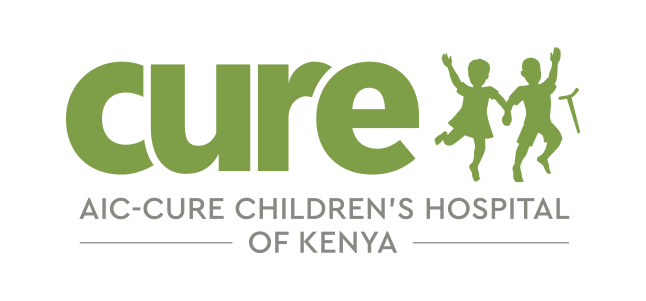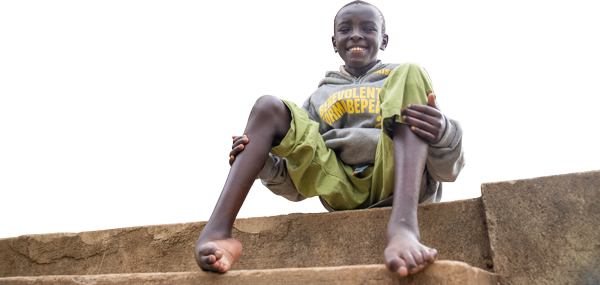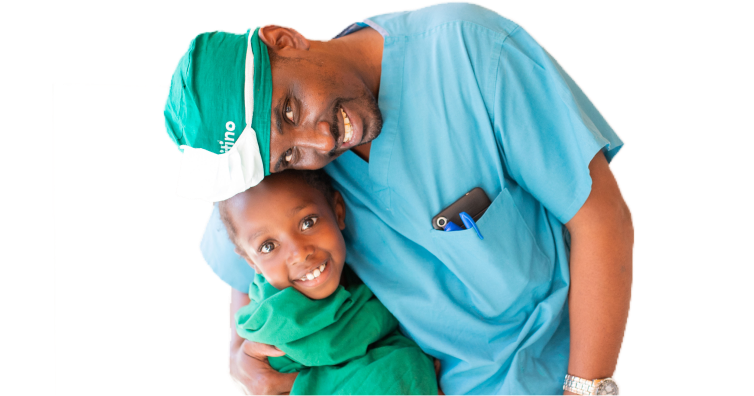A cleft palate fistula is a small hole at the roof of the mouth. This can occur during the recovery process after cleft palate surgery, or sometimes people are born with it. Thankfully, there’s a temporary solution called a palatal obturator. “It’s nothing more than an invisible retainer,” Lance told us. Lance is a lab tech who works at an orthodontic clinic. This year, he joined the October SmileTrain team that came to perform cleft lip and palate surgeries.
Unlike traditional retainers, obturators attach to both the teeth and the roof of the mouth. “For adults, when they eat and drink, it doesn’t go into their nose,” Lance said. It also decreases the risk of sinus infections resulting from trapped food in the sinus cavities. For children, it has the added benefit of allowing them to eat more and gain strength while wearing the device so they can eventually have surgery to repair the fistula.
Lance came not only to help but also to teach! He trained staff at CURE Kenya to make these devices so that we can help patients even after he returns home. One of his trainees was Gladys, a CURE Kenya nurse and operating room manager. In training, Gladys made an obturator for Monicah, a mama who brought her baby to CURE Kenya for a cleft lip surgery. For years, Monicah had a fistula left behind from cleft lip surgery that she had when she was younger. With the obturator, Monicah was able to eat food without it going up her nose! “I think it’s a life-changing device. It improves speech and helps patients eat,” Gladys said.
Now that Gladys is trained, more patients can get help at CURE Kenya in the future. “I had a good teacher,” Gladys said. Lance replied, “She’s very smart. She could have figured it out on her own. If I came on this trip and only made Monicah’s life better, it would have been worth it.” Thanks to Lance, multiple patients were helped with the palatal obturator device during the week he was here, and thanks to Gladys’ training, many more patients will be helped in the future!

“I hope to pass the talent to others,” Gladys said.
About AIC-CURE Children’s Hospital of Kenya
CURE Kenya has been a place of hope since opening its doors in 1998. We were Africa’s first orthopedic teaching hospital when it opened in Kijabe. More than just providing life-changing surgeries, CURE cares for the emotional and spiritual needs of all our patients. Our teaching hospital has 47 beds, four operating rooms, and an outpatient clinic.







